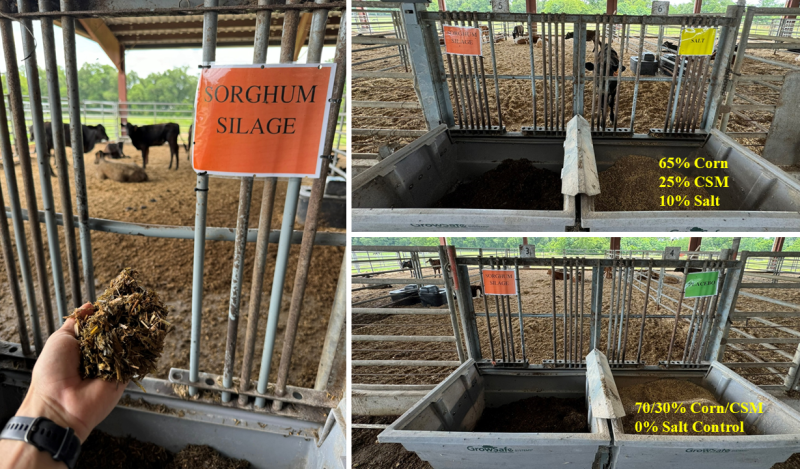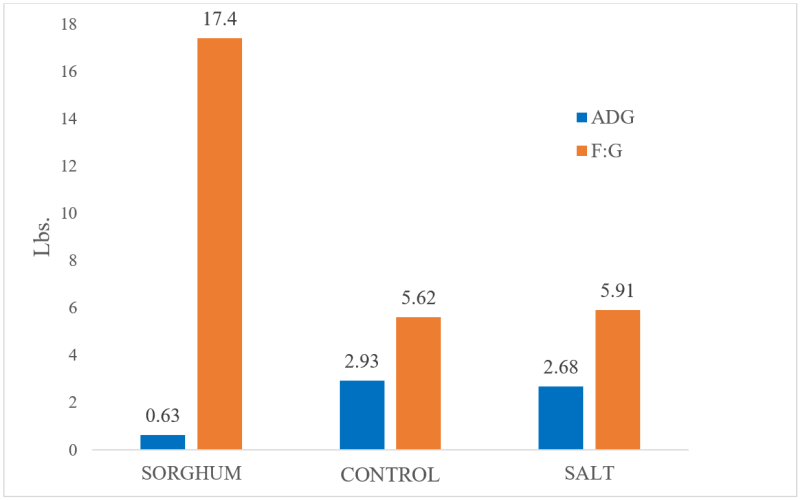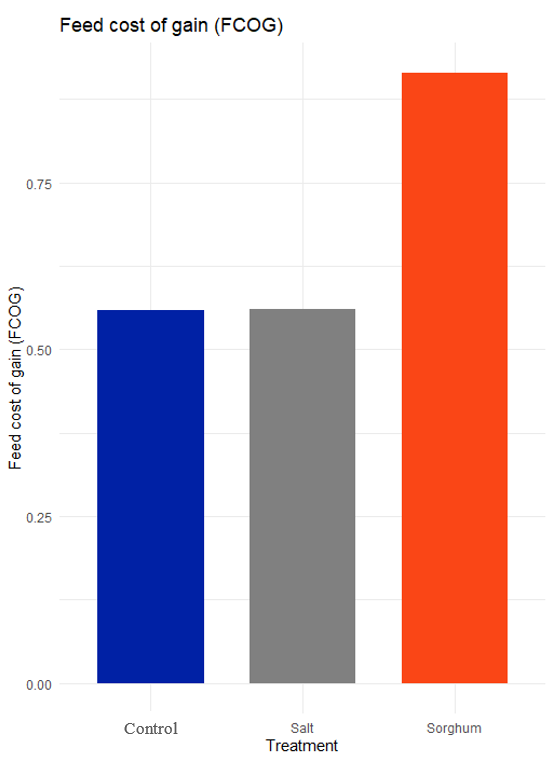Federico Tarnonsky, Graduate Student, & Nicolas DiLorenzo, Beef Nutrition Specialist, UF/IFAS North Florida Research and Education Center
Operating costs in livestock production have increased significantly in the last couple of years. It is well known that 65 to 70% of these cost increases are associated with cattle feeding, including feed purchase and delivery. Supplementing cattle to meet their requirements is one of the keys to maintaining performance and profitability in cattle operations, but doing so requires manpower and time for feed delivery, loading and unloading feed, etc. For this and other reasons, most of the cow-calf operations in the Southeast prefer to sell calves at weaning rather than having another group of cattle on the ranch to deal with in terms of health and feeding. However, there are certain feeding technologies that producers could use to minimize labor while adding value to calves in the post-weaning phase. Intake limiters have been long researched but there has been little adoption of such an effective technology. Limiting the intake of supplements is a key objective in cattle operations in order to minimize daily supplementation costs, while also reducing labor and time involved in animal feeding. What is the best way to make use of this technology in the Southeastern U.S.?
Protein is typically the primary limiting nutrient in low-quality forage diets when an adequate amount of forage is available. The protein concentration of pastures, crop residues, and forage reserves (especially corn and sorghum silage) in the Southeastern U.S.is typically around or below 8%, which limits fiber degradation by ruminal microorganisms. Therefore, protein supplementation for livestock fed low-quality forages is a priority to optimize forage digestion. This is where intake limiters could play a key role to optimize these systems. Including stock salt in supplements has been proven to limit feed intake, and it has been shown to be much more effective than anionic salts and calcium hydroxide. However, large variability from animal to animal has been reported when using salt as a limiter. In addition, reports of potential adaptation or increased tolerance by cattle to salt has been associated with some of the variability in intakes when stock salt was added.
Researchers at the North Florida Research and Education Center (NFREC) conducted an experiment involving weaned heifers (averaging 477 lbs. of body weight at the beginning of the experiment) under three feeding programs: 1) Sorghum-Sudan silage fed free choice (SORGHUM), 2) Sorghum-Sudan silage fed free choice and supplemented with a mixture of 70% cracked corn grain & 30% cottonseed meal (70/30) fed free choice (CONTROL) on a separate feed bunk, or 3) Sorghum-Sudan silage free choice and supplemented with a mixture of cracked corn grain/cottonseed meal (65/25) plus 10% stock salt supplement mix, as with the previous treatment, this concentrate + salt “hot mix” was fed free choice (SALT). The objective was to collect applied data that would show the importance of supplementing energy and protein to low quality forages, and to assess the impact of using an intake limiter in terms of animal performance and feed cost of gain.

Comparison study of feeding sorghum silage a corn and cotton seed meal supplement with and without salt as an intake limiter. Credit: Nicolas DiLorenzo, UF/IFAS
–
Results
Regarding total intake, clearly adding a supplement to the basal diet will increase feed consumption of the heifers. In this case, there was a 60% increase in total feed intake when supplementing the basal diet (sorghum Sudan silage) fed to heifers with energy and protein (Table 1). When comparing those heifers that were supplemented (Control) with those supplemented but with 10% salt in the concentrate mix as intake limiter, we observe that heifers in the salt/supplement mix group ate a little bit more silage than supplement. This is particularly interesting because it is the goal in a self-restricted feeding program. Basically, the more expensive feed, which is the energy and protein, is self-regulated by the animal, shifting the intake towards the basal diet (in this case silage) which is cheaper.

Total intake of sorghum Sudan silage and supplement under three feeding programs that included (or not) stock salt as an intake limiter (10% of the supplement). Heifers in the study weighed 477 lbs. at the beginning of the experiment.
–

Figure 1. Average daily gain and feed to gain ratio of heifers fed: 1) sorghum-Sudan silage alone (sorghum), 2) sorghum-Sudan silage + corn grain/cottonseed meal free choice (control), or 3) sorghum-Sudan silage + corn grain/cottonseed meal with stock salt (10% of the mix) fed free choice (salt).
The intake variables showed that this feeding program could be successful in regulating feed intake (Figure 1). However, growth performance data are the most important piece of the puzzle to see the true effectiveness of using intake limiters. In terms of average daily gain (ADG), supplementing energy and protein clearly increased ADG 4-fold: heifers fed only sorghum Sudan silage gained 0.63 lbs vs. 2.93 and 2.68 lbs for heifers fed the mixture of corn grain/cottonseed meal without and with salt, respectively. In this sense, those heifers fed the corn grain and cottonseed meal without intake limiter gained just 9% more than those fed the supplement with the salt (2.9 vs. 2.7 lbs, respectively). Assuming a cost of $105/ton for sorghum-Sudan silage DM, $320/ton for cottonseed meal, and $170/ton for corn grain, the feed cost of gain for those animals consuming the intake limiter was the same as for those heifers fed free choice supplement, equaling to $0.56 per pound gained (Figure 2).
–

Figure 2. Feed cost per pound of BW gained by heifers consuming sorghum-Sudan silage alone (sorghum), sorghum-Sudan silage + corn grain/cottonseed meal free choice (placebo), or sorghum-Sudan silage + corn grain/cottonseed meal with 10% salt free choice (salt).
Take Home Message
Operating costs in a beef cattle ranch could be significantly impacted by supplementation, through an increase not only in feed purchasing, but also labor and time involved in feed delivery. Recognizing the importance of protein supplementation to improve animal performance, and the cost and uncertainty of farm labor, it is imperative to develop strategies to decrease feeding labor, for example using self-feeding technologies. Developing cost-effective and free-choice supplementation programs can provide a partial solution to labor shortage issues, while maintaining performance and profitability of cattle livestock enterprises. Old technologies with potential, such as the use of intake limiters, deserve to be revisited in the context of today’s challenges of input costs and limited farm labor.
- Stretching Hay Reserves is Critical during this “Flash Drought” - September 26, 2025
- 2025 Florida Bull Test Sale Sets Average Price Record - March 7, 2025
- Intake Limiters:Old Technology for Modern Beef Cattle Supplementation - September 20, 2024
